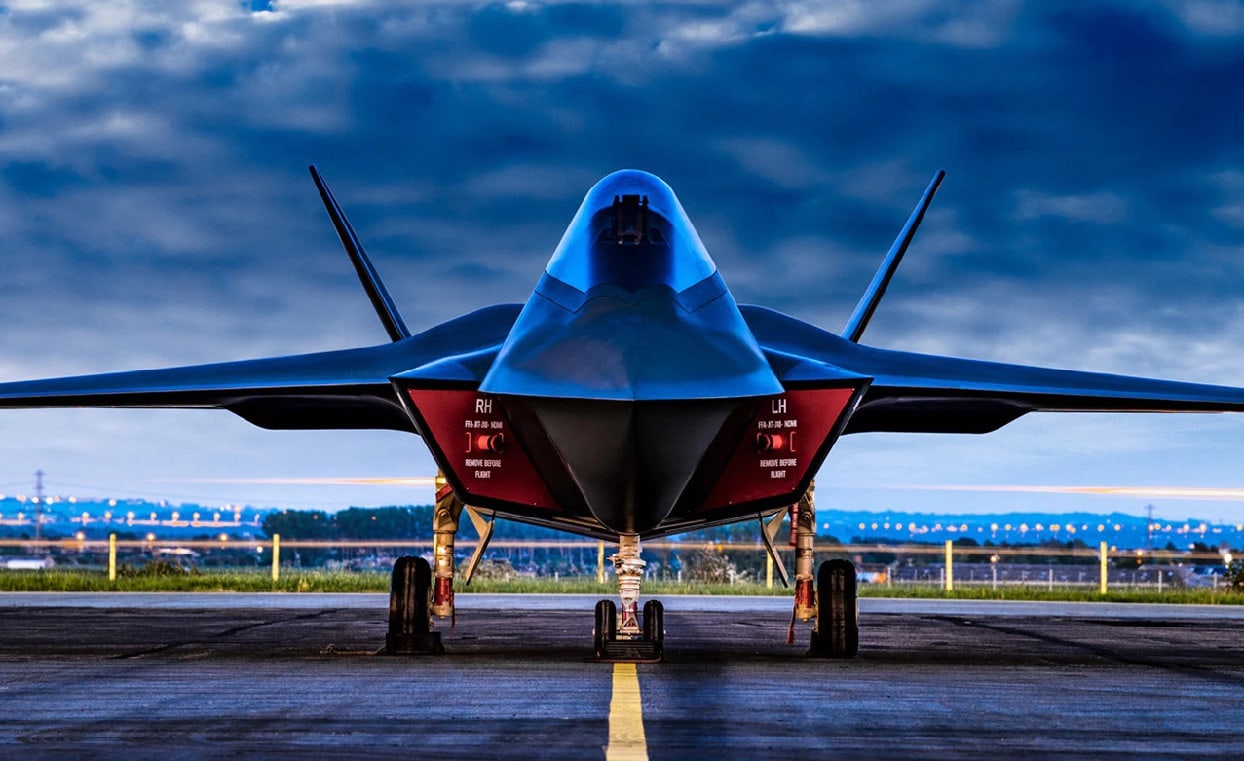These days there is a lot of talk about stealth fighters. While a lot of that talk is about the current F-22 and F-35, we rarely here about new efforts coming of of Japan. That could soon change according to this expert below, who explains the F-X program Tokyo is now working on: Despite being bitter enemies during the Second World War, the island nations of the United Kingdom and Japan have once again built a strong partnership. It was in May 2011, that then British Foreign Secretary William Hague even declared that “Japan is Britain’s closest partner in Asia,” and that sentiment remains very much alive following last year’s visit of the Royal Navy’s flagship aircraft carrier HMS Queen Elizabeth.
During a port of call to Yokohama, Japan’s defense minister, Nobuo Kishi, and senior Japanese military commanders were shown around the carrier – marking the start of a permanent military presence in a region trying to come to grips with China’s growing power, Reuters reported last year.
Modern Anglo-Japanese Partnership on 6th Generation Fighter Jet
In the late 19th century, the British helped jumpstart Japan’s naval program and even built several warships for the Imperial Japanese Navy. Fast forward, and now the Japanese military is in discussions to have the British aerospace and defense contractor BAE systems join the development of a 6th generation fighter jet that Tokyo aims to deploy by 2035.
According to a recent report from Nikkei Asia, Mitsubishi would work with the British-based BAE systems, and this follows the efforts by Tokyo and London to collaborate on engine parts. The development of the “F-X” would allow Japan to catch up, and even potentially counter Russian and Chinese stealth aircraft programs.
6th Generation Fighter Jet – Replacing the F-2
Development of the F-X, also unofficially called F-3, began after the United States opted to ban the export of the Lockheed Martin F-22 Raptor as part of the 1997 Obey amendment that was meant to help safeguard the fifth-generation fighter’s advanced technology. As Japan couldn’t purchase the Raptor it began to move forward with a program to develop a domestically-built fighter for the Japan Air Self-Defense Force (JASDF).
The goal of the program is to replace the domestically-built Mitsubishi F-2 by the mid-2030s, while also bolstering the nation’s defense industry. According to AirRecognition.com, the development of the F-X could potentially enable Japan to enter the international arms market amid Tokyo’s changing defense posture.
Mitsubishi Heavy Industries will remain the primary developer of the new jet, while IHI Corporation – a major Japanese shipbuilding heavy equipment company – along with UK-based Rolls-Royce would be in charge of the engine development. The Tokyo government has called for a next-generation fighter aircraft that will incorporate radar, missiles, and other capabilities including semi-autonomous control while maintaining a high level of stealth. The aircraft will also be equipped with a microwave weapon to help disrupt incoming missiles.
In addition, interoperability between the Japanese aircraft and those in service with the United States would also be a priority. Japan had previously announced plans on introducing an unmanned combat aerial vehicle (UCAV) that could operate alongside the F-X. Reportedly dubbed the Combat Support Unmanned Aircraft, the drone program is reported to be similar to the Kratos XQ-58 Valkyrie or Boeing Airpower Teaming System project in which the drone acts as a “loyal wingman” to the controlling aircraft.
On February 15 of this year, the United Kingdom and Japan also agreed to collaborate on sensor technologies for the Tempest and F-X future combat aircraft programs, further bolstering their military-technology ties. The two nations have also agreed to work together on the Japan and Great Britain Universal Advanced RF (JAGUAR) system, which is a universal radio-frequency (RF) sensor technology.
Now a Senior Editor for 1945, Peter Suciu is a Michigan-based writer who has contributed to more than four dozen magazines, newspapers and websites. He regularly writes about military hardware, and is the author of several books on military headgear including A Gallery of Military Headdress, which is available on Amazon.com. Peter is also a Contributing Writer for Forbes.

